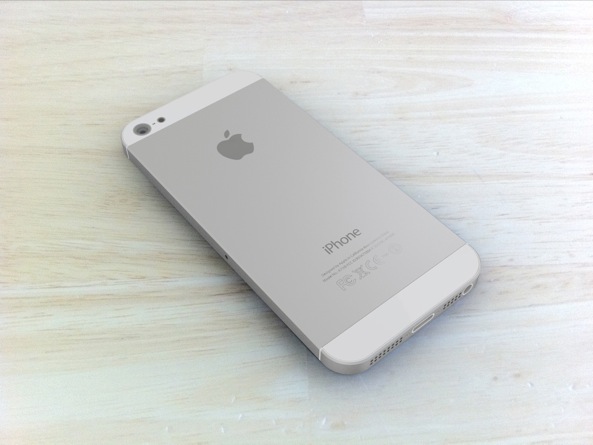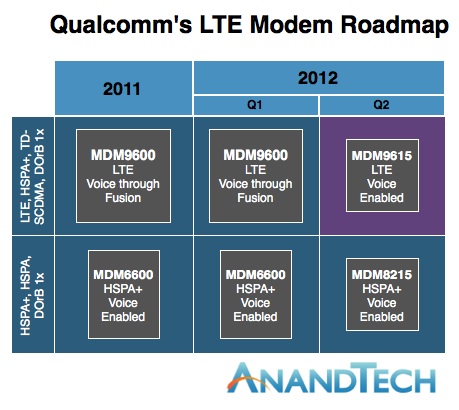Less than four weeks from Apple’s September 12 iPhone 5 event, U.S. carriers continue aggressive deployment of Long-Term Evolution (LTE) technology, making it all too easy to get carried away with the wonders of high-speed 4G networking on the next iPhone.
After all, 4G is thought to be one of the headline features of the device. On the other hand, this is going to be the first iPhone ever to have 4G, meaning some limitations and teething problems are likely to be expected, as is always the case with first-gen everything from Apple.
Regular users will probably assume that just because the next iPhone is 4G LTE, it’s gonna work on whatever carrier’s fourth-generation LTE network. That may not be the case and if the third-generation iPad is an indication, the iPhone 5 could disappoint some international users with limited support for LTE frequency bands.
That being said, we’re asking you to take a long and hard look at the current state of technology and vote on the kind of LTE support you think the iPhone 5 will have…
Just a little backgrounder before we get down to business.
Case in point: the third-generation iPad, the first iPad to feature 4G LTE networking. While Cupertino insisted on marketing the device as 4G the world over, Australian watchdog forced Apple to rebrand the WiFi + 4G iPad as WiFi + Cellular.
The iPad 3 supports only 700/2100MHz LTE bands, mostly used by major carriers in the United States and Bell, Rogers and Telus in Canada. In Europe, it’s 800/1800/2600MHz bands. Australia uses only the 1800MHz band for LTE and Asia is on the 1,800/2,600MHz bands.
As a result, wireless devices from one country may not work in other countries.
Whether or not the next iPhone is a multi-band phone capable of roaming internationally is anyone’s guess. One thing is certain: supporting the numerous 4G frequencies in use across the world could be a daunting task.
Though Apple likes to use cutting-edge silicon in their mobile gear, the company typically steers away from first-generation technology to avoid teething problems.
Qualcomm already has chips for the job, the MDM9615 and 9215.
Representing a fifth iteration of the Gobi line and supporting a long list of wireless technologies (including LTE, HSPA, EV-DO, CDMA, TD-SCDMA and TD-LTE), these are likely candidates to enable true world-phone compatibility on Apple’s upcoming handset.
Qualcomm’s LTE roadmap, as of last October. Courtesy of AnandTech.
However, Qualcomm has a newer chip in the works that supports up to seven LTE frequency bands: three below 1GHz, three above and one ultra-high 2.5GHz band. As such, it could elegantly address the fractured 700MHz band in one fell swoop.
Back in June, Qualcomm promised to begin shipping this chip the following month. First devices based on it (the iPhone 5?) were expected to reach store shelves by the end of 2012.
Adding fuel to fire, supply chain sources chimed in back in June with claims that Qualcomm and Broadcom had begun delivering unnamed cellular and WiFi chips to Apple, fabbed on TSMC’s 28-nanometer process.
With that in mind, do cast your vote now.
As for me, as much as I want the next iPhone to support high-speed networking anywhere there’s LTE, I’m afraid a true world-phone LTE compatibility is in store for the next year’s hardware refresh.
As always, feel free to explain your vote and add up to the conversation down in the comments.


